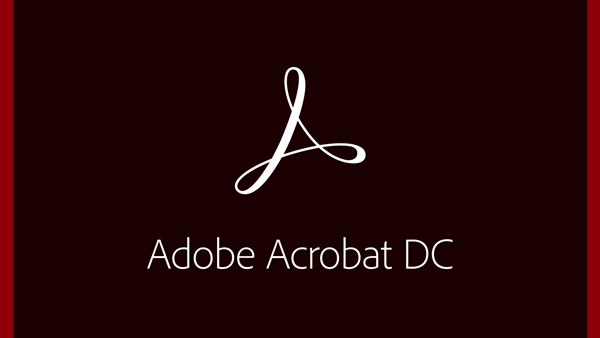

This new version of Acrobat continues as a desktop product in both Pro or Standard editions, and is available either via subscription or with a perpetual (one-off) license. At the heart of Document Cloud is Acrobat DC – the industry standard for creating, sharing and editing PDFs – which was completely reengineered last year for the initial DC 2015 milestone release. Keep in mind that the user interface of Acrobat DC is completely different than what you had with Acrobat XI, so plan for some serious hunting for tools that you could find blindfolded… The tool search function on the right hand pane is our friend.Adobe Acrobat DC 2016 is now shipping! “DC” stands for Document Cloud, which is Adobe’s new set of integrated online services that helps people and businesses better manage critical documents. If you’ve already upgraded, then you will have to use your backup to recover these files. You can now install these plug-ins, stamps, scripts, … back into the new Acrobat DC application directory. Once you’ve done that, feel free to click on that “Upgrade” button. You may want to hold off upgrading Acrobat XI to DC for a few moments and save all custom elements that you installed in Acrobat XI: The upgrade will remove Acrobat XI completely from your system, and with it all custom scripts, stamps, plug-ins and other things that you may have installed for all users in Acrobat’s application directory.īefore you upgrade, find out where Acrobat XI is installed on your computer (on a Mac, that would be /Applications/Adobe Acrobat XI Pro, on a Windows system it may be C:\Program Files (x86)\Adobe\Acrobat 11.0\Acrobat) and save all these custom elements to a different directory. If you have a Creative Cloud subscription, you can get Acrobat DC today – with just one mouse click.


As announced by Adobe a few weeks ago, they released Adobe Acrobat DC and last night.


 0 kommentar(er)
0 kommentar(er)
